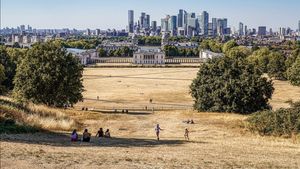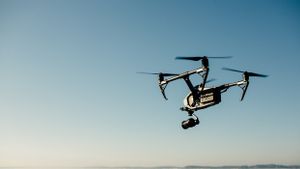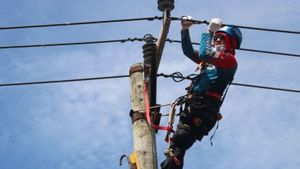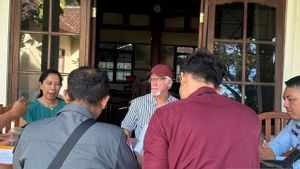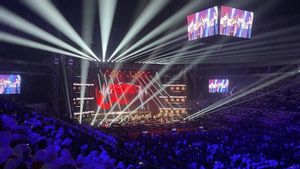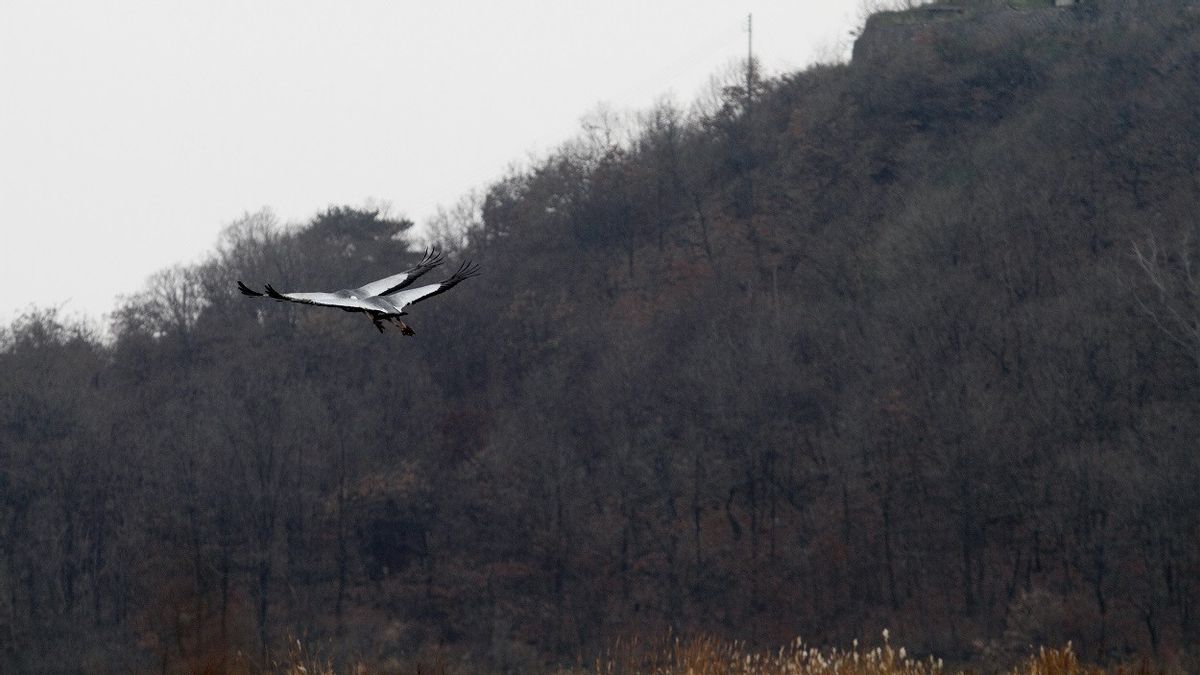
JAKARTA - The demilitarized zone (DMZ) between North Korea and South Korea is one of the border with the tightest guard in the world, where this 160-mile area is not only limited to safety fences, but also weaponry to landmines, so most of them are empty of human activity.
However, the isolation has accidentally turned the area into a paradise for wildlife to the flora that inhabits the no-man's area.
Last February, Google released street views from DMZ for the first time, offering a rare glimpse into the flora and fauna here.
The images are part of a project conducted in collaboration with several Korean institutions to mark the 70th anniversary of the Korean War ceasefire, which ended hostilities on July 27, 1953, and mapped the DMZ, although the war was technically never over because no peace agreement was signed.
This project allows people to carry out "virtual rules" with Google street view functions, highlighting cultural relics and heritage sites near DMZ, such as buildings destroyed by war and defense bunkers.
However, the most surprising thing is the presence of more than 6,100 species that grow and develop in DMZ, ranging from reptiles, birds, to plants.
Of the 267 endangered species in Korea, 38 percent of them live in DMZ, according to Google.
"After the Korean War, DMZ had minimal human interference for more than 70 years, and the damaged nature recovered by itself," Google said on its website, quoted by CNN July 28.
"As a result, DMZ is building a new ecosystem that is not visible around the city and has become a shelter for wildlife," he continued.
DMZ residents are endangered mountain goats living in rocky mountains; long slit deer living in old forests; nomads swimming along rivers crossing the two Koreas; and endangered golden eagles, who often spend their winter in civilian border areas where residents feed starving hunters.
Many of these images were taken by unmanned cameras installed by South Korea's National Institute of Ecology. In 2019, these cameras photographed an Asian black bear for the first time in 20 years, encouraging researchers who have long been concerned about the decline in black bear populations that are threatened with extinction due to hunting and habitat destruction.
Seung-ho Lee, president of the DMZ Forum, a group campaigning to protect the ecological and cultural heritage of the area, told CNN in 2019, DMZ has also been an oasis for birds migrating due to deteriorating conditions on both sides of the border.
It is known that deforestation and flooding have damaged land in North Korea. Meanwhile, urban and pollution development has divided habitats in South Korea, he said.
"We call this area an accidental paradise," he said at the time.
Google images also show landscapes that are still native and diverse. Users can use street view to explore Yongneup's tall hashtags, which have largenames filled with wetland plants, or Hantan River Ngarai, with greenish blue water snaking between the walls of a high window.
Many votes in both Korea and international environmental organizations have called for DMZ conservation for decades. However, the process is not easy, as it requires cooperation from Seoul and Pyongyang.
SEE ALSO:
There have been some progress in recent years, with former South Korean President Moon Jae-in and North Korean leader Kim Jong-un vowing in 2018 to turn DMZ into a "peace zone".
The following year, South Korea opened the first of three "peace routes" for a number of visitors along the DMZ, which carried pedestrians past the observatory and barbed wire fences.
However, relations have deteriorated since then, with tensions skyrocketing in 2022 as North Korea fired missiles in record numbers.
The English, Chinese, Japanese, Arabic, and French versions are automatically generated by the AI. So there may still be inaccuracies in translating, please always see Indonesian as our main language. (system supported by DigitalSiber.id)



